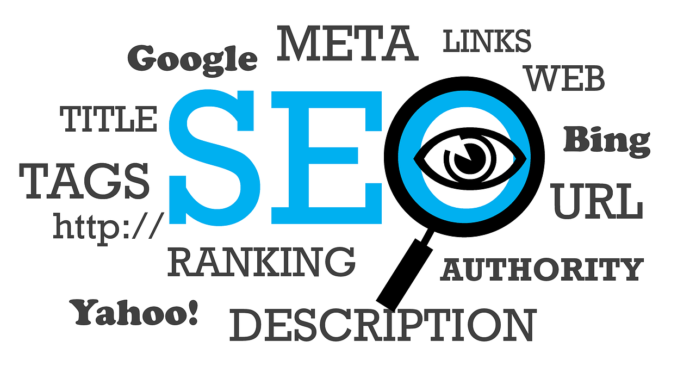Imagine your website as a city map, where every page is a destination, and the internal links are the roads that connect them. Just like in a city, you want your visitors to explore, not just stick to the main square. Internal linking helps with that. It’s not just some technical SEO trick; it’s about making your site more inviting and easier to navigate.
Think of it as offering a helpful guide to your visitors, showing them around, and suggesting interesting places (or pages) they might like. This way, they’re more likely to stick around, discover what they’re looking for, and maybe even find some surprises along the way. It’s all about creating a seamless, engaging experience that feels natural, not forced.
Let’s explore how integrating internal linking tips can create a seamless, engaging experience that feels natural and encourages exploration.
Planning Your Internal Linking Structure for Website
A coherent site structure is essential for effective internal linking. It’s important to visualize the website as a hierarchy, with the most important content at the top, branching down to more specific topics. This structure not only helps in organizing content but also in planning which pages should be internally linked with sports niche based site.
Understanding Internal Linking
Internal linking is a key strategy for improving your website’s SEO and user experience. By linking one page of your website to another, you not only help search engines discover new pages and understand your site’s structure, but you also guide visitors through your content, potentially increasing their engagement time. To get the most out of this strategy, following best practices and internal linking tips is essential. These tips can include using relevant anchor text, linking to content-rich pages, and ensuring links are natural within the context of your content. This approach not only boosts your SEO efforts but also enhances the overall experience for your visitors, making your website more intuitive and user-friendly.
Identifying Key Content for Internal Links
Not all pages on a website hold the same value. Some pages, like those that detail your services or products, are more important. These high-value pages should receive more internal links. This doesn’t mean linking to them from every page but rather from relevant content where the link adds value to the reader. For instance, a blog post about the benefits of a particular service could naturally link to the page where a visitor can sign up for that service. This strategy helps distribute page authority throughout your site and directs visitors toward conversion points.
Balancing Internal Links
While it’s important to have internal links, balancing them across your site is crucial. Overloading a page with too many links can overwhelm visitors and dilute the value of each link. Conversely, too few links may result in missed opportunities to guide visitors to related content or important pages. Aim for a natural integration of links that feels helpful rather than forced. A rule of thumb is to include links when they genuinely contribute to the content’s value, guiding visitors to more in-depth information or related topics without distracting from the main content.
Improving User Navigation with Internal Links
Internal links are not just for SEO; they greatly enhance the user’s ability to navigate your website. By strategically placing internal links, you guide visitors through your site, potentially increasing the time they spend on it and reducing bounce rates. Think of internal linking as creating a journey for the user, one that is intuitive and enriches their experience. For instance, linking to related content can keep users engaged and encourage them to explore topics further. Tools like breadcrumb trails also improve navigation, making it easier for users to understand their location on your site and how to return to previously visited pages.
Internal Linking for Mobile Users
With the rise of mobile browsing, optimizing internal links for mobile users has become crucial. Mobile users have different needs and behaviors compared to desktop users, including shorter attention spans and the use of touch screens for navigation. Therefore, internal links on mobile sites should be easily clickable, with enough spacing to prevent misclicks, and should lead to mobile-optimized pages. Ensuring your site’s internal linking structure is mobile-friendly can significantly enhance the user experience, keeping mobile users engaged and reducing bounce rates on smaller screens.
Analyzing and Optimizing Your Internal Linking Strategy
Regular analysis and optimization are essential to ensure your internal linking strategy is performing as expected. Tools like Google Analytics and various SEO platforms can help track how users navigate through your site, which internal links are clicked most frequently, and how these behaviors affect conversion rates and other key metrics. This data can provide insights into which links are most valuable and which pages may need more internal linking support.
Common Mistakes to Avoid
When implementing an internal linking strategy, there are several common pitfalls to avoid. These include using non-descriptive anchor text, linking only to top-level pages, creating broken links, and over-optimizing internal links. Non-descriptive anchor text does not give users or search engines enough context about the linked page, while linking only to top-level pages can neglect the deeper, often more valuable content. Regularly auditing your site for broken links is also crucial, as they can harm your SEO efforts and frustrate users. Lastly, avoid over-optimizing internal links with keyword-rich anchor text, as this can appear manipulative to search engines and negatively impact your rankings.
Conclusion
Implementing effective internal linking strategies is a dynamic process that requires ongoing attention and optimization. Avoid common mistakes and be mindful of how internal links contribute to your site’s overall health and performance. Remember, internal linking is not just a one-time setup but a continuous part of your website’s growth strategy. By prioritizing thoughtful, user-focused internal linking, you can create a more cohesive, engaging, and searchable online presence.















